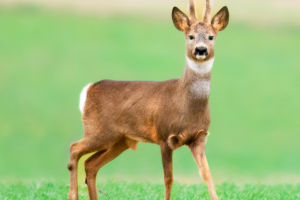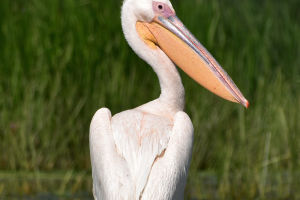Cats are famously curious creatures, their antics and inquisitiveness often leaving us both amused and perplexed.
But what drives this behavior?
The science behind a cat’s curiosity is as fascinating as it is complex, involving a blend of evolutionary traits, brain functions, and sensory perceptions.
Let’s delve into why your feline friend is constantly exploring, investigating, and getting into everything.
Evolutionary Instincts
To understand why cats are so curious, we first need to look at their evolutionary background. Domestic cats (Felis catus) are descendants of solitary hunters. In the wild, a cat's survival depended on its ability to investigate its surroundings thoroughly. Curiosity helped them locate prey, find safe hiding spots, and avoid potential threats. This ingrained instinct to explore and gather information remains strong in today’s domestic cats, driving them to investigate every nook and cranny of their homes.
Sensory Exploration
Cats have highly developed senses that make exploration a natural part of their daily lives. Their keen sense of smell, for example, is far superior to that of humans. A cat’s nose has up to 50 to 80 million scent receptors, compared to about 5 million in humans. This incredible sense of smell allows cats to detect subtle changes in their environment, such as the presence of new scents or the residue of something they might find interesting.
Their sense of hearing is also highly sensitive. Cats can hear a broader range of frequencies than humans, including sounds that are inaudible to us. This acute hearing drives their curiosity as they respond to noises that we might overlook.
Brain Chemistry
The brain of a cat plays a crucial role in its curious behavior. The neurotransmitter dopamine is particularly significant. Dopamine is associated with pleasure and reward, and it plays a role in motivation and reinforcement. When a cat explores something new, the brain releases dopamine, which makes the activity enjoyable and encourages the behavior to continue. This process not only keeps cats entertained but also reinforces their exploratory tendencies.
Play and Learning
Curiosity in cats is closely tied to play, which is essential for their mental and physical well-being. Kittens, in particular, use play to learn about their environment and develop their hunting skills. Adult cats continue to engage in playful behavior as a way of exercising their instincts and keeping their minds sharp. Interactive toys and games that mimic prey can stimulate a cat’s curiosity and provide valuable mental stimulation.
Environmental Enrichment
Creating a stimulating environment can enhance a cat’s curiosity and overall well-being. Providing varied and interesting stimuli—such as scratching posts, climbing structures, and puzzle toys—can satisfy a cat’s need to explore and engage with its surroundings. Simple changes like adding new scents, moving furniture, or introducing new toys can keep your cat intrigued and prevent boredom.
Behavior Patterns
Understanding a cat’s behavior can also provide insight into its curiosity. Cats are naturally territorial and mark their environment with scent. When they investigate new objects or areas, they may be trying to establish their own scent and understand their space better. This behavior is a way for them to feel secure and in control of their environment.
Human Interaction
Curiosity can also be influenced by interactions with humans. Cats often mimic their owners’ behaviors and become curious about what their human companions are doing. Engaging with your cat through interactive play or training can further stimulate their curiosity and strengthen the bond between you.
The science behind a cat’s curiosity reveals a blend of evolutionary instincts, sensory acuity, and brain chemistry. This natural behavior, driven by the need to explore and learn, is essential for a cat’s mental and physical health. By understanding these factors and providing an enriched environment, you can help satisfy your feline friend’s curious nature and ensure they lead a happy, healthy life.


